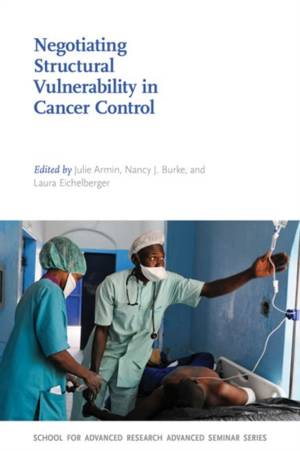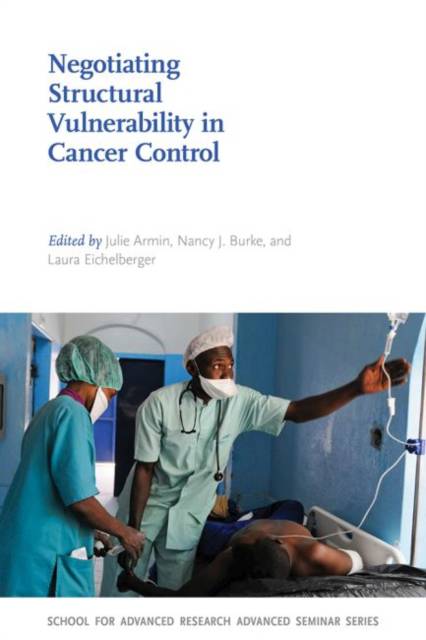
- Afhalen na 1 uur in een winkel met voorraad
- Gratis thuislevering in België vanaf € 30
- Ruim aanbod met 7 miljoen producten
- Afhalen na 1 uur in een winkel met voorraad
- Gratis thuislevering in België vanaf € 30
- Ruim aanbod met 7 miljoen producten
Negotiating Structural Vulnerability in Cancer Control
Omschrijving
What can case studies about the lived experiences of cancer contribute to an interest in the concept of structural vulnerability? And can a consideration of structural vulnerability enhance applied anthropological work in cancer prevention and control? To answer these questions the contributors in this volume explore what it means to be structurally vulnerable; how structural vulnerabilities intersect with cancer risk, diagnosis, care seeking, caregiving, clinical-trial participation, and survivorship; and how differing local, national, and global political contexts and histories inform vulnerability. These case studies illustrate how quotidian experiences of structural vulnerability influence and are altered by a cancer diagnosis at various points in the continuum of care. In examining cancer as a set of diseases and biosocial phenomena, the contributors extend structural vulnerability beyond its original conceptualization to encompass spatiality, temporality, and biosocial shifts in both individual and institutional arrangements.
Specificaties
Betrokkenen
- Uitgeverij:
Inhoud
- Aantal bladzijden:
- 320
- Taal:
- Engels
- Reeks:
Eigenschappen
- Productcode (EAN):
- 9780826360311
- Verschijningsdatum:
- 1/03/2019
- Uitvoering:
- Paperback
- Formaat:
- Trade paperback (VS)
- Afmetingen:
- 218 mm x 231 mm
- Gewicht:
- 453 g

Alleen bij Standaard Boekhandel
Beoordelingen
We publiceren alleen reviews die voldoen aan de voorwaarden voor reviews. Bekijk onze voorwaarden voor reviews.










